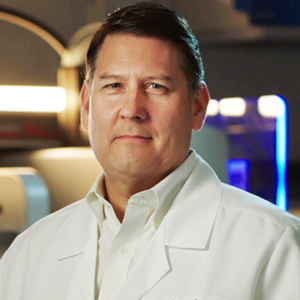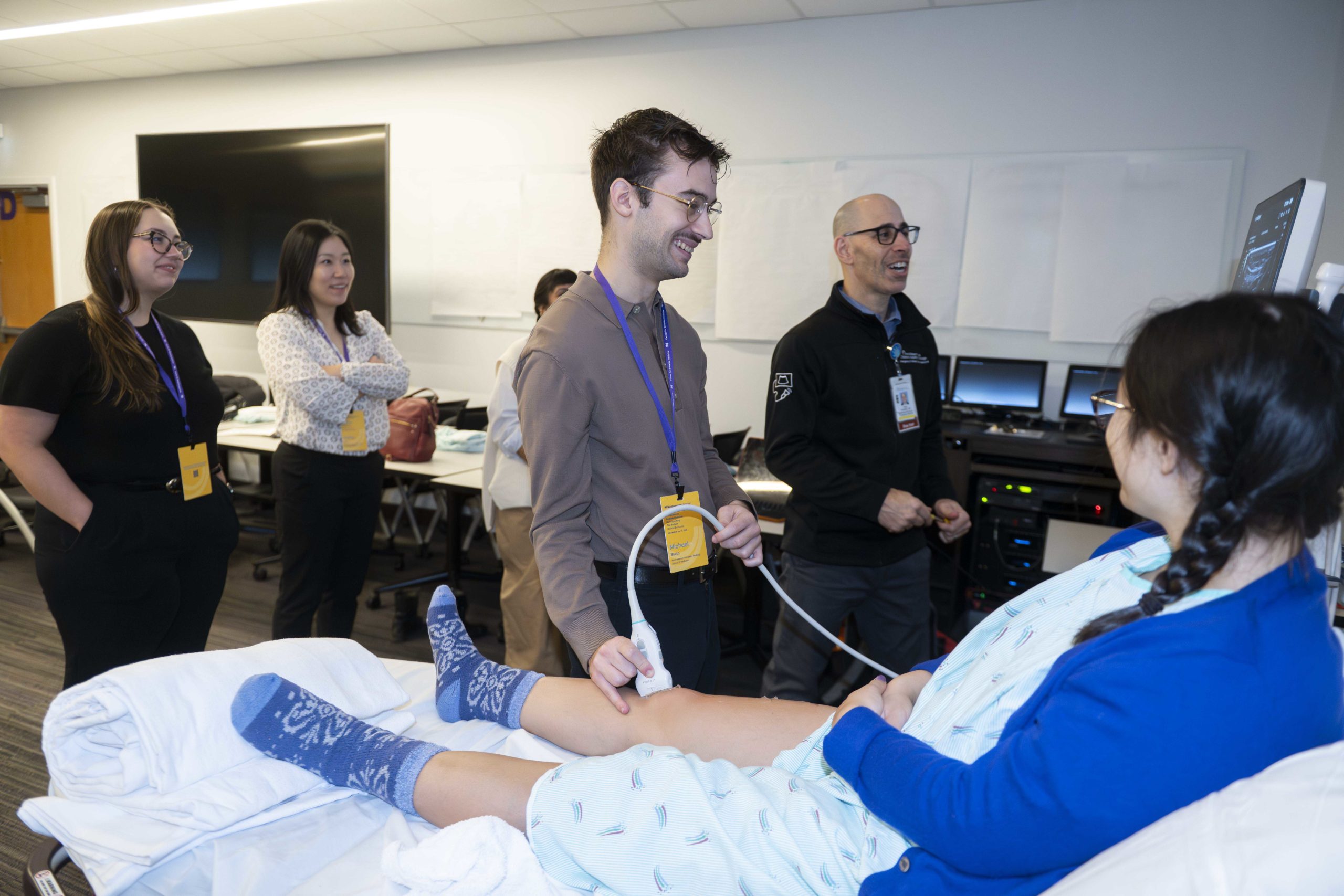
Scientists have implemented a novel gene-editing approach that may be an effective treatment for alternating hemiplegia of childhood (AHC), a rare neurodevelopmental disorder in children, according to a recent study published in Cell.
The approach, which uses gene-editing technology based on CRISPR, could serve as a one-time treatment option to target the underlying genetic mechanisms of the disease, said Alfred L. George, Jr., MD, the chair and Alfred Newton Richards Professor of Pharmacology and a co-author of the study.
“Current treatments for AHC just manage the symptoms of the disease and do not modify the underlying cause. Gene editing corrects the root cause, so there’s a higher likelihood that these therapies will be disease-modifying,” said George, who is also director of the Center for Pharmacogenomics.
AHC typically presents within the first 18 months of life and can cause recurrent bouts of temporary paralysis on one (hemiplegia) or both (quadriplegia) sides of the body, painful and involuntary muscle contractions (dystonia), muscle weakness and seizures. The disease affects one in one million individuals, according to estimates from the AHC Foundation, and children who have the disease require lifelong care.
Most AHC cases are associated with genetic mutations in the ATP1A3 gene, which encodes a sodium-potassium pump that helps maintain the electrical charge of neurons so they can properly fire and function.
In the study, the investigators used two novel gene-editing approaches — base editing and prime editing — to correct ATP1A3 mutations in human induced pluripotent stem cells (iPSC) from AHC patients in the George laboratory and two AHC mouse models at the Jackson Laboratory.
The approaches, which were developed by David Liu, PhD, the Thomas Dudley Cabot Professor of the Natural Sciences at Harvard University and senior author of the study, are similar yet have differences in their versatility.
Base editing uses the same gene targeting strategy employed by CRISPR, except the DNA cleaving function of the core enzyme (Cas9) is disabled while a second tethered enzyme converts one nucleotide base, or building block of a DNA strand (e.g., adenine) to another (e.g., guanine).
“Adenine base editing specifically works by correcting mutations in which a guanine is mutated into adenine. It operates essentially by enzymatic conversion of adenine back to guanine. The CRISPR technology enables highly specific targeting using a short synthetic ‘guide’ RNA that directs the protein complex to a very specific site in the genomic DNA of a cell,” George said.
Prime editing also uses CRISPR to target a specific genomic location, but instead of using an enzyme that chemically modifies one base into another, it brings along an enzyme that rewrites the genetic code of the DNA, according to George.
Using these two approaches, the investigators were able to correct five different ATP1A3 mutations with 43- to 90-percent efficiency. Importantly, the study demonstrated that prime editing of mutant ATP1A3 in mice at birth prevented major manifestations of AHC from developing.
Moving forward, the investigators aim to optimize the approach so that it can be safely and effectively used to treat patients.
“There are many steps between now and when this may be used in persons affected with AHC, but this study was a major proof of concept that the molecular defect responsible for AHC could be corrected and make the disease less severe or eliminated,” George said.
Using the new approach, the scientists are also interested in determining which symptoms of the disease are reversible and at what point in the patient’s life span they could be reversed, according to George.
“Instinctively, most experts think earlier treatment is better, but we don’t really know. We need to investigate how effective these treatments are at reversing the manifestations of the disease when employed later in life,” George said.
Christine Simmons, PhD, research assistant professor of Pharmacology, was a co-author of the study.
The work in this study conducted at Northwestern was supported by the National Institutes of Health grant NS125785, the Alternating Hemiplegia of Childhood Foundation, the Cure AHC Foundation, RARE Hope (formerly Hope for Annabel), and the For Henry AHC Foundation.






